Hidden beneath the ocean’s surface lurks a creature straight out of a science fiction nightmare: the bobbit worm. These elusive predators are completely fascinating, with their alien-like appearance and fierce hunting tactics. Despite their fearsome reputation, bobbit worms play a crucial role in marine ecosystems. From their incredible length to their lightning-fast strikes, these creatures are wonders of evolution. Are they nightmare fuel? Yes, a little bit! But as someone who loved the Alien franchise, and still thinks Geiger’s aliens and Ripley are the ultimate in monsters and heroes, the bobbit worm really piqued my interest. I hope it does yours, too.
Monster of the Deep
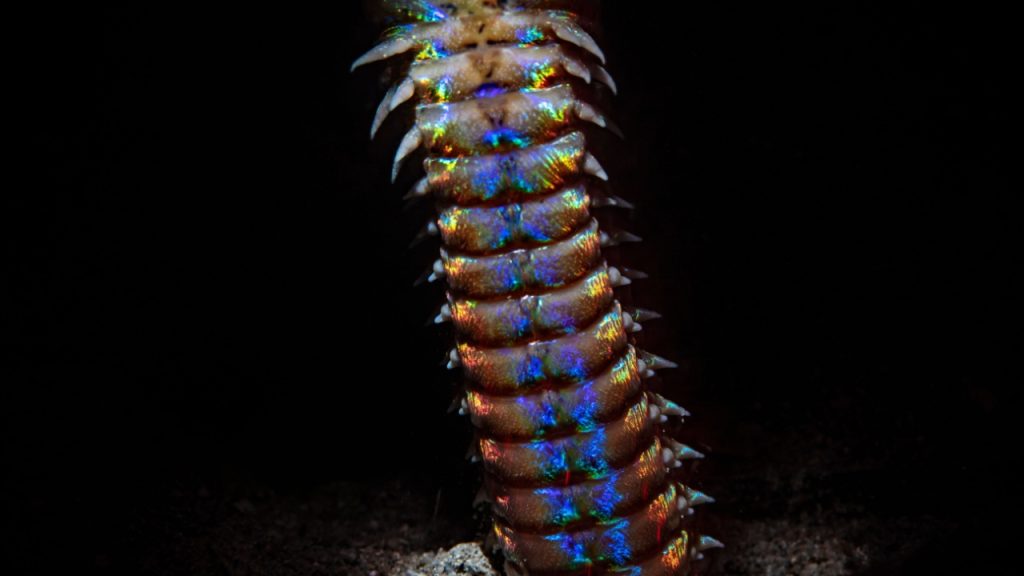
Bobbit worms can grow to astonishing lengths, with some specimens reaching up to 10 feet (3 meters) long. That’s longer than humans are tall! Despite their impressive size, these worms are relatively thin, usually no wider than an inch (2.5 cm). Their slender build allows them to hide easily in coral reefs and burrow into the ocean floor.
Ancient Predators
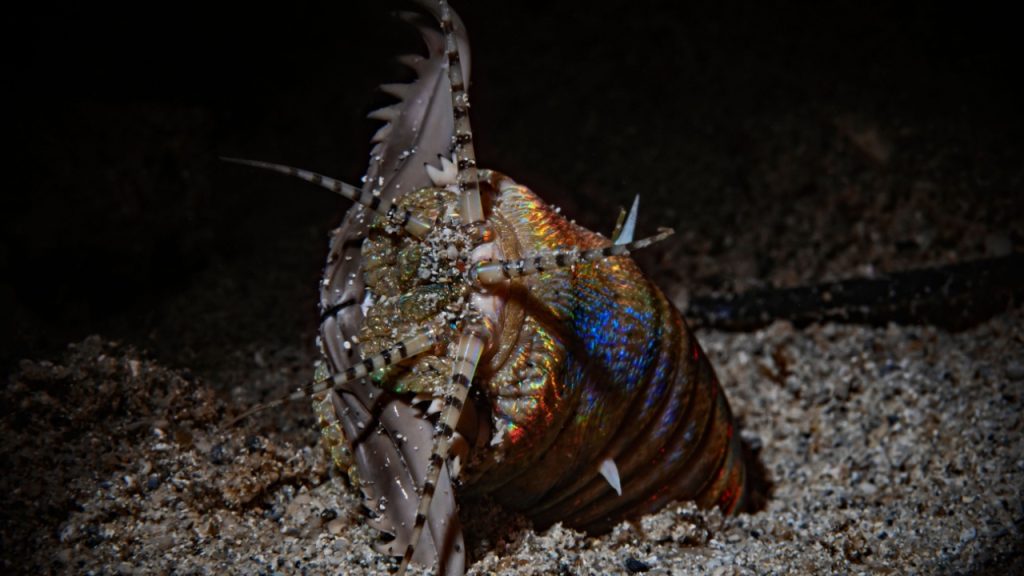
These fascinating creatures have been around for a very long time. Fossil evidence suggests that bobbit worms have existed for at least 20 million years. They’ve survived multiple mass extinction events and continue to thrive in today’s oceans, a testament to their incredible adaptability and resilience.
Lightning-Fast Hunters

Bobbit worms are ambush predators with an incredible reaction time. When prey comes near, they can strike in less than 20 milliseconds – that’s faster than you can blink! Their sharp, scissor-like jaws can snap a fish in half with ease, making them one of the ocean’s most efficient hunters.
Burrow Builders
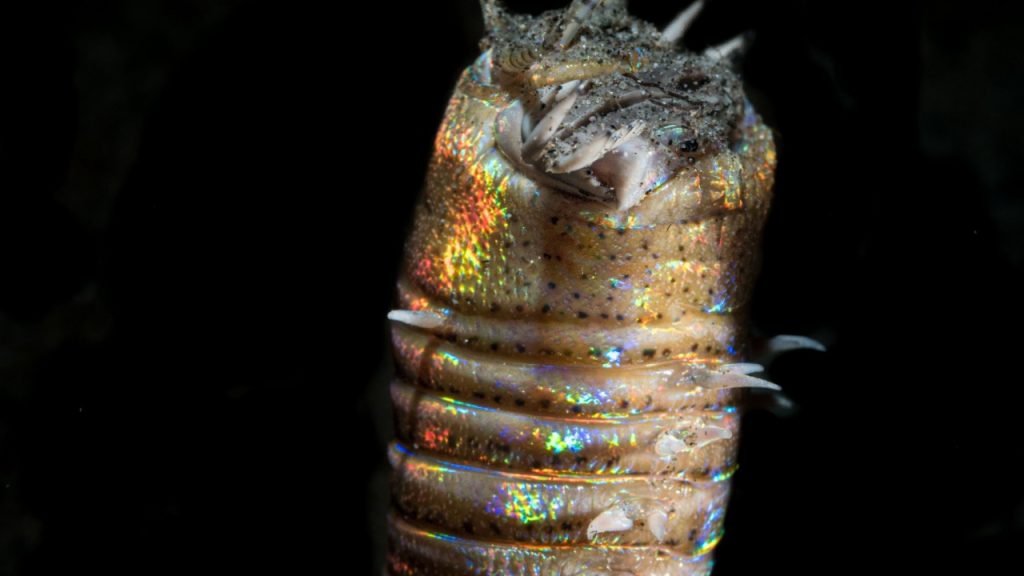
These worms are expert diggers, creating complex burrows in the ocean floor. Their homes can reach depths of up to 6 feet (1.8 meters) and are lined with mucus for stability. Bobbit worms spend most of their time hidden in these burrows, with only their antennae visible above the sand, waiting patiently for unsuspecting prey to pass by.
Colorful Killers
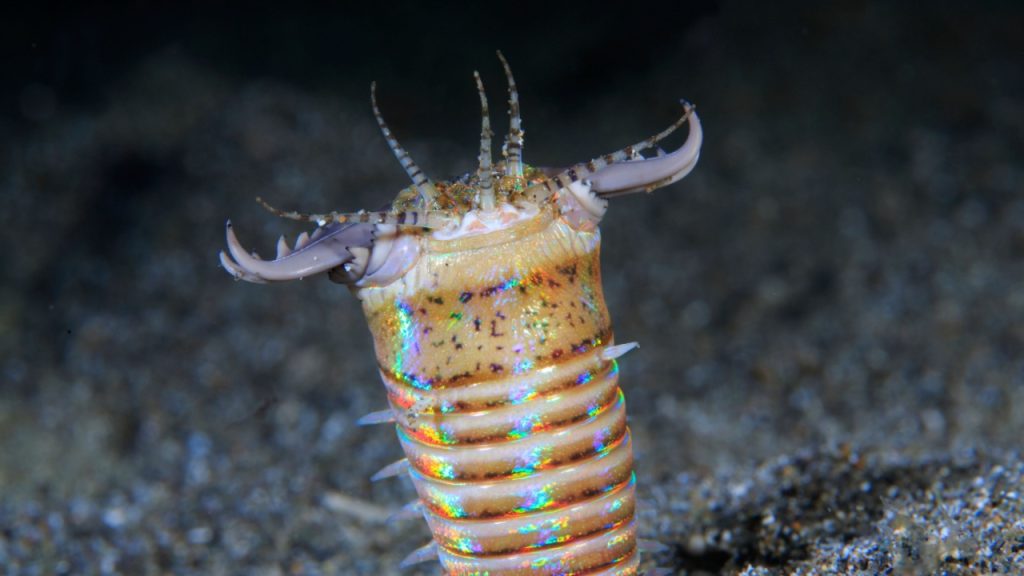
Despite their fearsome nature, bobbit worms can be surprisingly beautiful. They come in a variety of colors, including brown, black, and even iridescent hues. Some species have striking patterns that help them blend in with their surroundings, making them even more effective ambush predators.
Sensory Superstars
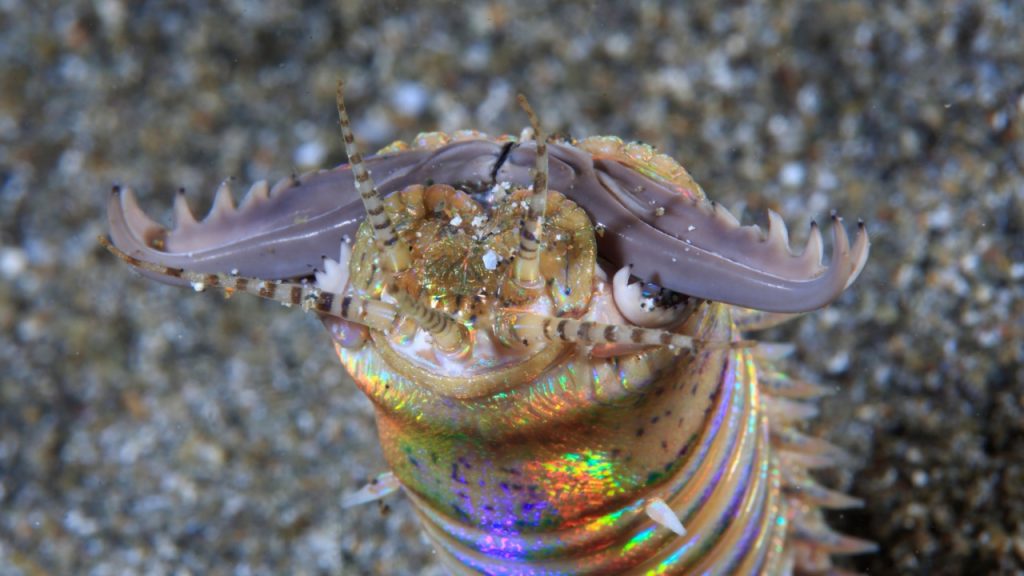
Bobbit worms don’t have eyes, but they’re far from blind. Instead, they rely on an array of highly sensitive antennae to detect movement and vibrations in the water. These antennae are so sensitive that they can pick up the slightest disturbance, allowing the worm to strike with pinpoint accuracy.
Regeneration Abilities

Like many other worms, bobbit worms have impressive regenerative abilities. If they lose a part of their body, they can often regrow it. This ability helps them survive injuries from prey or predators and contributes to their long lifespans.
Nocturnal Nightmares

Bobbit worms are primarily nocturnal creatures. They become more active at night, emerging from their burrows to hunt. This behavior makes them even more mysterious and elusive, as they’re rarely seen by daytime divers or researchers.
Ecosystem Engineers
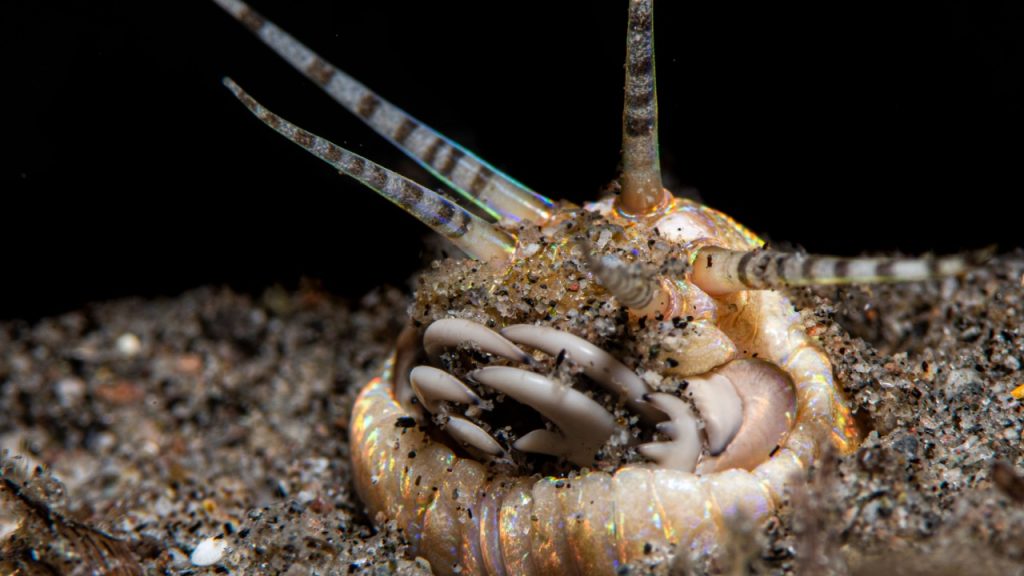
Despite their fearsome reputation, bobbit worms play an important role in marine ecosystems. Their burrowing activities help aerate the ocean floor, promoting nutrient cycling. They also help control populations of fish and crustaceans, maintaining a balance in reef ecosystems.
Namesake Controversy
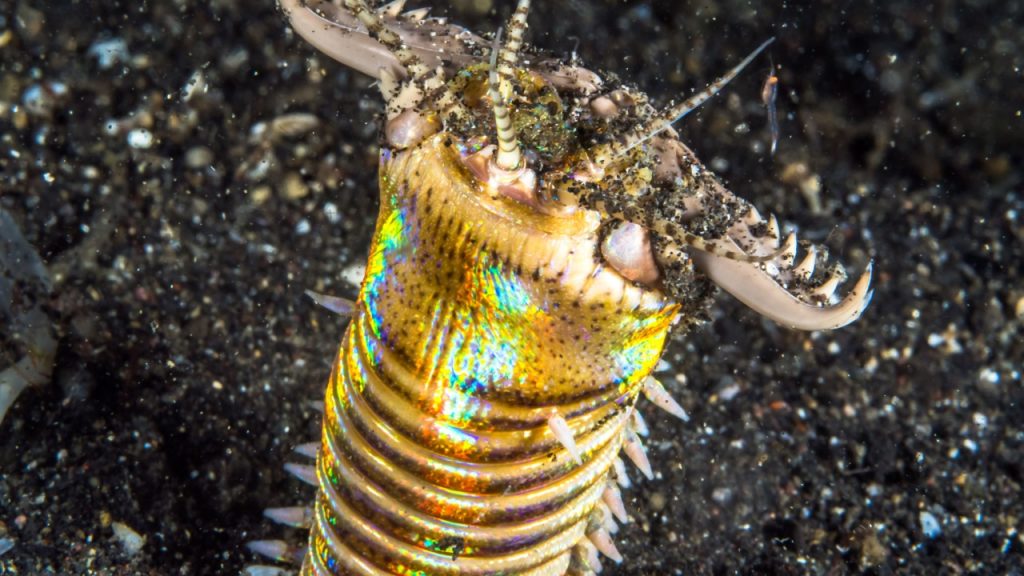
The bobbit worm’s scientific name is Eunice aphroditois, but its common name comes from a controversial source. It’s named after Lorena Bobbitt, who became infamous in the 1990s for cutting off her husband’s genitals. The name refers to the worm’s scissor-like jaws and its habit of sometimes attacking fish from below.
Aquarium Menaces

Bobbit worms can be a nightmare for aquarium owners. They sometimes hitchhike into tanks on live rock or coral, hiding during the day and emerging at night to hunt. These stowaways can decimate fish populations in a tank before they’re even discovered.
Powerful Jaws
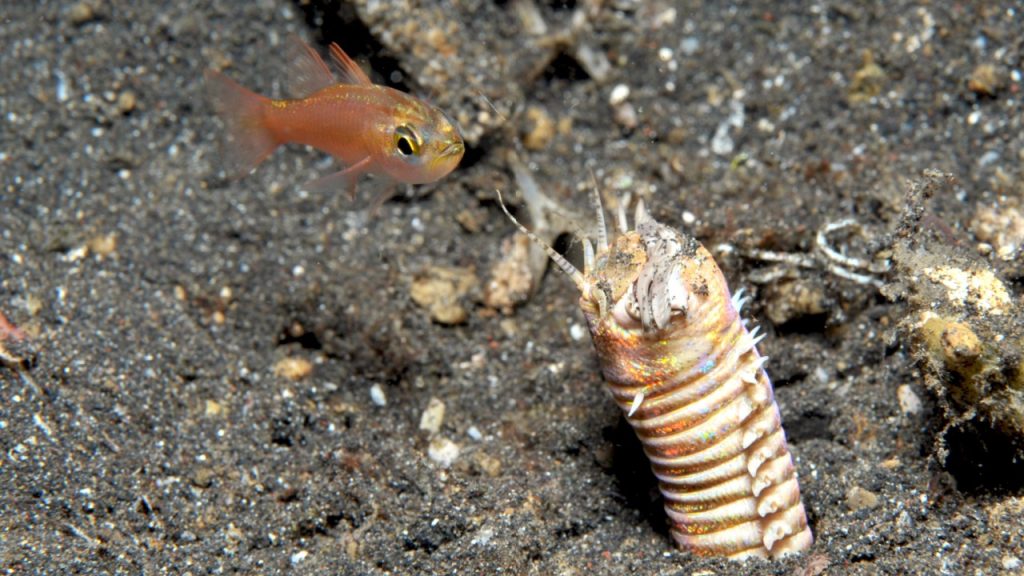
The jaws of a bobbit worm are incredibly strong. They can exert a force of up to 500 newtons, which is roughly equivalent to 50 kilograms (110 pounds) of force. This strength allows them to easily catch and dismember prey much larger than themselves.
Long-Lived Lurkers
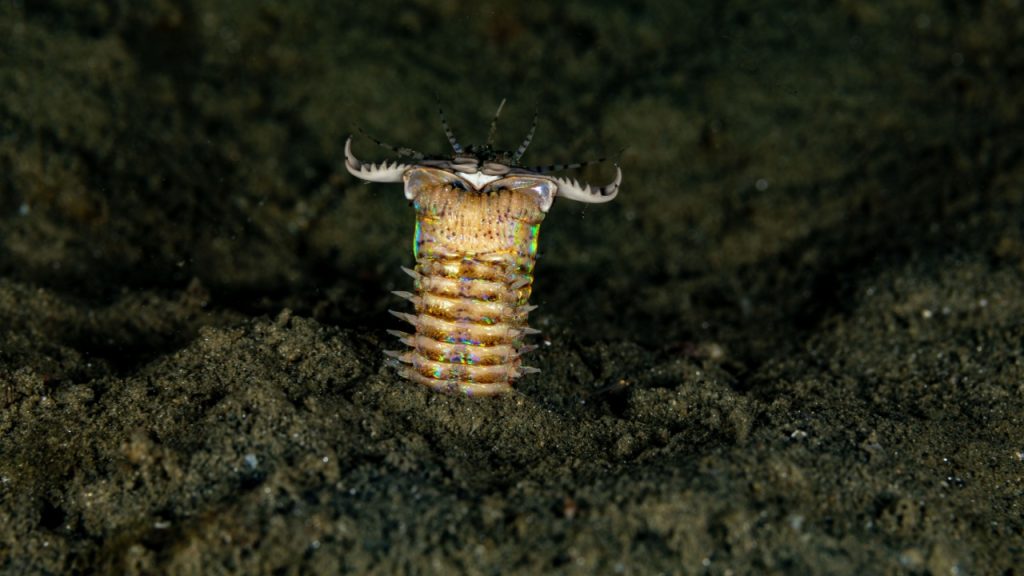
While their exact lifespan is unknown, bobbit worms are believed to be long-lived creatures. Some scientists estimate that they could live for 25 to 50 years in the wild. This long life, combined with their elusive nature, means there’s still much to learn about these fascinating animals.
Venomous Weaponry

In addition to their powerful jaws, bobbit worms are also venomous. Their bite injects a toxin that can paralyze or kill their prey. This venom helps them subdue larger prey and contributes to their reputation as efficient predators.
Ocean’s Cleanup Crew
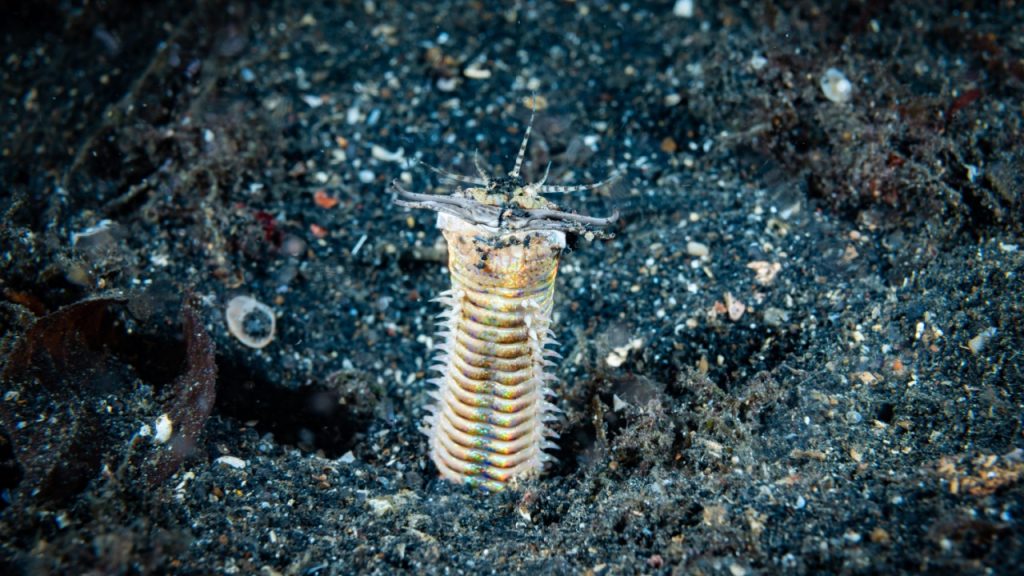
While bobbit worms are primarily predators, they also serve as scavengers in marine ecosystems. They’ll eat dead and decaying organisms, helping to clean the ocean floor. This behavior contributes to nutrient cycling and helps maintain the health of marine environments.



